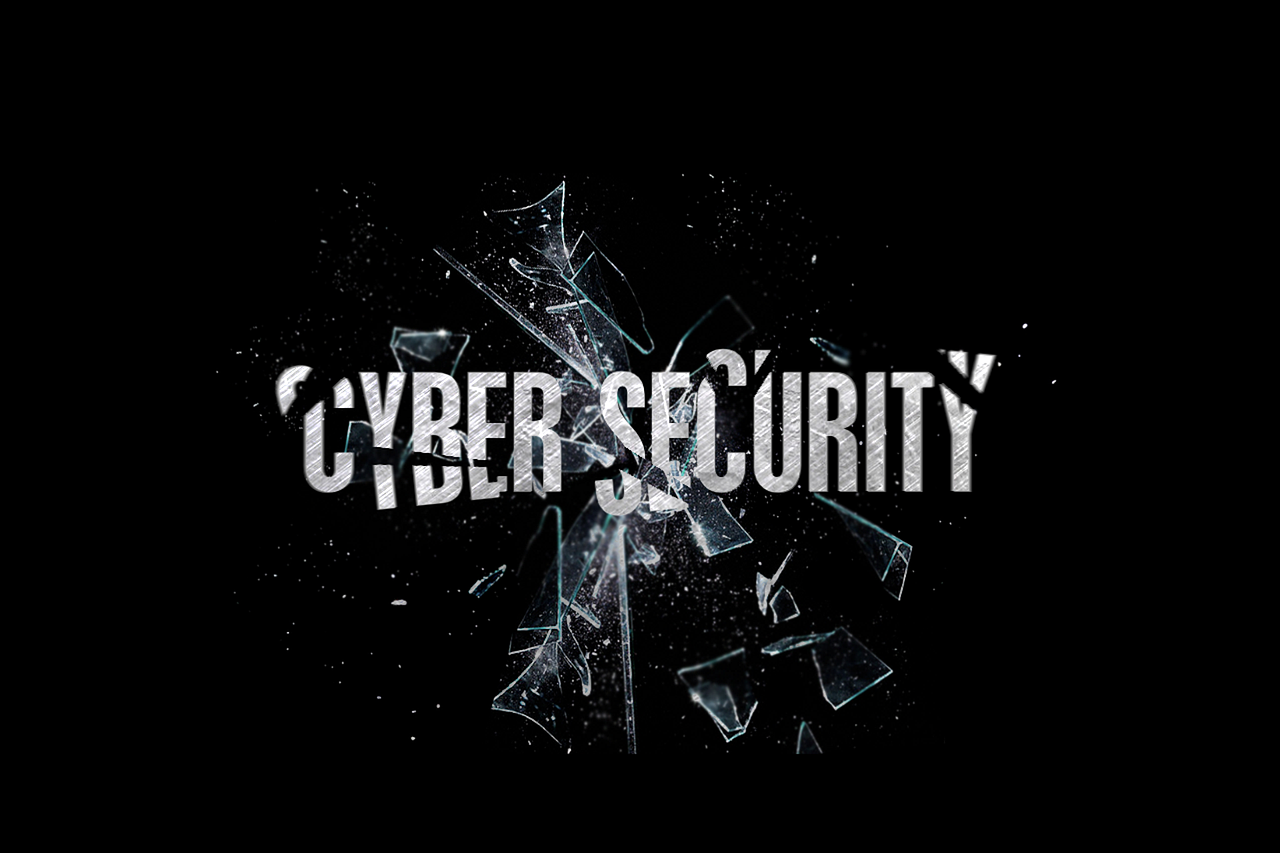
Exploring the realm of cybersecurity: A timeline of major cyberattacks against Australia
In the contemporary era of heightened connectivity, we have all heard the term “cyber”, which seems to have permeated every aspect of our daily existence, becoming an integral part of our societal fabric. From the convenience of online shopping to the complexities of global finance, our reliance on digital infrastructure is undeniable. However, with this increased connectivity comes a significant challenge: cybersecurity.
Cybersecurity refers to the practice of protecting computer systems, networks, and data from digital attacks. These attacks can take various forms, including malware, phishing, ransomware, and more. As technology evolves, so do the tactics of cybercriminals, making it imperative for individuals and organisations alike to stay vigilant and informed.
Collaboration is essential in the fight against cyber threats. Information sharing between government agencies, private sector companies, and cybersecurity experts can help identify emerging threats and develop effective countermeasures. Government agencies play a vital role in setting cybersecurity standards and regulations to ensure that businesses and organisations take the necessary steps to protect their systems and data. International cooperation is also essential in combating cyber threats that transcend borders and jurisdictions.
One of the most critical aspects of cybersecurity is understanding the threat landscape. Cyber threats can originate from anywhere in the world and target anyone with an online presence. Whether it is a small business, a government agency, or an individual user, no one is immune to the potential risks posed by cyberattacks.
The Center for Strategic & International Studies provides a list of cyber-attacks on government agencies, defence and high-tech companies, or economic crimes with losses of more than a million dollars.
https://www.csis.org/programs/strategic-technologies-program/significant-cyber-incidents
Check out the timeline of significant cyber-attacks which have involved Australia over the past decade:
- 2024: Australia sanctions Russian hacker Aleksandr Ermakov for breaching Medibank, stealing data from 9.7 million customers. US and UK also impose sanctions.
- 2023: Iran-linked hackers execute ransomware attacks, exfiltrating data from US and Australian entities for extortion campaigns.
- 2022: WeChat accused of taking down PM Scott Morrison’s account, redirecting users – issues encountered since mid-2021.
- 2021: Chinese bots swarm Australian government networks after call for COVID-19 probe, seeking potential vulnerabilities.
- 2020: Unnamed state actor targets businesses and government agencies in large-scale cyber-attack.
- 2019: State-sponsored hackers caught accessing political parties’ systems and Australian Federal Parliament.
- 2018: Austal, Australian defence shipbuilder, hacked; unclassified ship designs stolen and sold online.
- 2017: Hackers compromise Australian national security contractor, stealing data related to F-35 Joint Strike Fighter.
- 2016: Designs and data of India’s Scorpene submarines leaked from French shipbuilder DCNS.
- 2015: Spies attempt to hack German, French, and Japanese submarine builders bidding for Australia’s new submarine fleet.
- 2014: Australian mining and natural resources companies attacked during sensitive business negotiations.
As shown in the attacks above, the motivations behind cyberattacks can vary widely. Some attackers seek financial gain, while others may have political or ideological motives. Additionally, state-sponsored cyber warfare has become increasingly prevalent, with nations engaging in digital espionage and sabotage.
To combat these threats, cybersecurity professionals employ a multi-layered approach. This includes implementing robust security measures such as firewalls, encryption, and intrusion detection systems. However, technology alone is not enough. Education and awareness play a crucial role in cybersecurity, as human error remains one of the most significant vulnerabilities.
Individuals and organisations must stay informed about the latest threats and best practices for mitigating risk. This includes regularly updating software and operating systems, using strong, unique passwords, and enabling multi-factor authentication whenever possible. Educating employees about phishing scams and other social engineering tactics is also crucial in preventing successful attacks.
As technology continues to advance, so too will the challenges of cybersecurity. Cybersecurity is a complex and ever-evolving field that requires constant vigilance and adaptation. By understanding the dynamics of cyber threats and taking proactive measures to protect ourselves and our digital assets, we can navigate the cyber landscape with confidence and resilience. Together, we can build a safer and more secure online world for generations to come.
